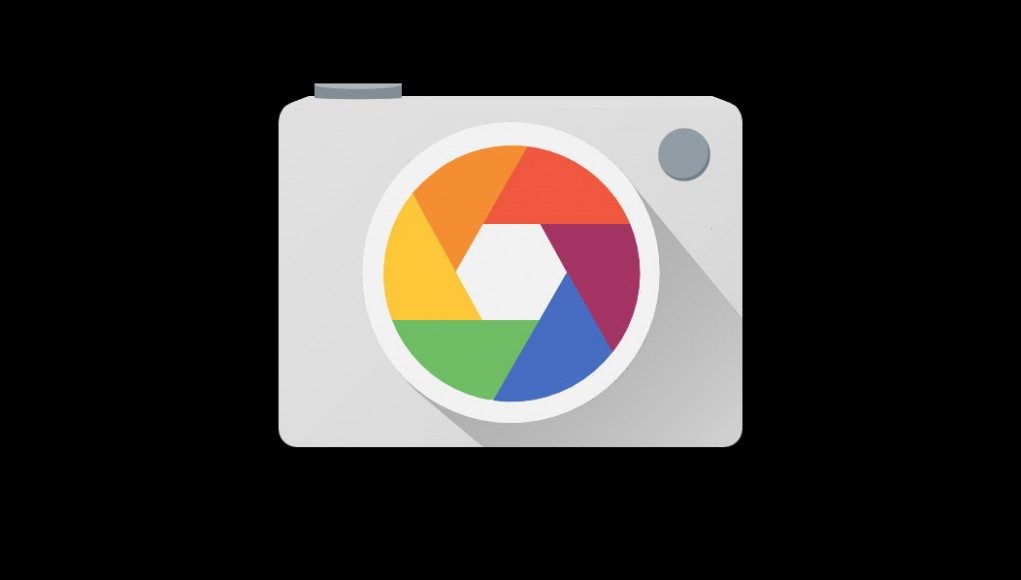A slew of new virtual reality job listings from Google hint at projects the company may have up their sleeve, including the creation of a stereoscopic 3D VR camera.
Two new job listing from Google seek a Hardware and Software Engineer for ‘Virtual Reality Camera Systems’. The very specific job listing makes it clear that Google intends to develop a VR camera from the ground up for recording 3D VR footage:
We are building novel camera systems to capture stereo panoramic video. These camera systems will allow content producers to create amazing virtual reality experiences. These systems are complex instruments that capture massive numbers of pixels at high frame rates. Highly parallel hardware pipelines are necessary to process and reduce the data to a manageable rate. Sophisticated storage architectures are required to record the video locally and transfer it to the cloud. The challenges are such that we will need to develop much of the camera from scratch, from the lens to the focal plane to the image signal processing pipeline to the novel computer vision algorithm to the storage storage backend.
Though the description does say that candidates will “develop new products that are used by millions of people” in what appears to be a bit of filler text, it isn’t clear if Google’s aim is to develop a camera for internal use or for consumer release.
See Also: Google I/O 2015 VR Itinerary – Virtual Reality Sessions Livestreamed
If they are aiming for the consumer market, they’ll be up against the likes of Samsung’s ‘Project Beyond’, GoPro, and a myriad of smaller companies working on 360 degree cameras. Other companies like Jaunt, NextVR, and Triggar VR are also creating VR cameras, but they are either for use in creating their own content, or for use by production companies, rather than intended for the consumer level.
It’s significant to hear that Google is specifically working on a stereoscopic 3D camera, as 3D is more complicated to capture but also more immersive than monoscopic 360 degree video.






